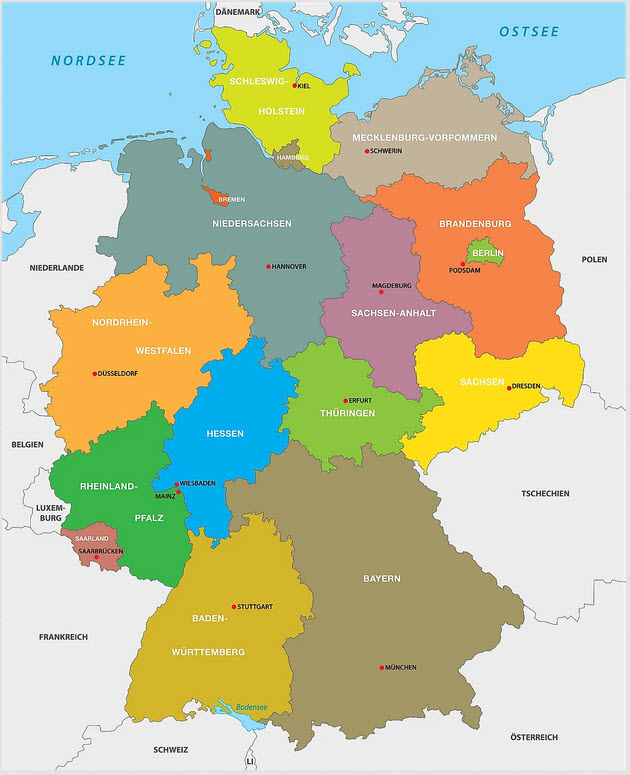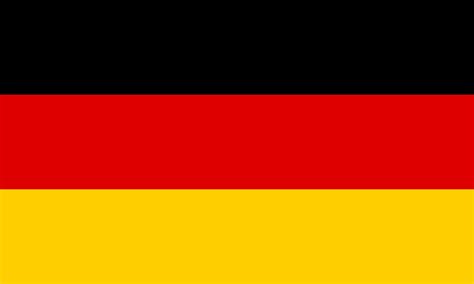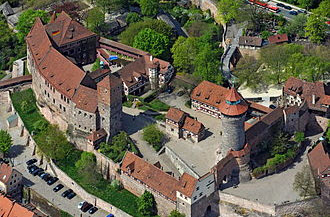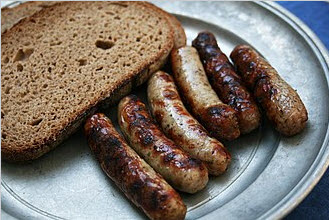| GERMANY |
| Germany | Picture Description |
|---|---|
 |
Map of Germany
Population : 84,316,622 (2022) Median age: 47.8 years Birth rate: 9.08 births/1000 population (2022) Currency: Euro GDP per capita: PPP $50,900 (2020) GDP per capita: Nominal $50,900 (2020) Population below poverty line: 14.8% (2018) Labor force - by occupation: Agriculture 1.4%, Industry 24.2%, Services 74.3% Source : CIA Factbook
|
 |
The German national flag
|
| Heroldsberg
Location : Germany Heroldsberg is a municipality in the district of Erlangen-Höchstadt, in Bavaria, Germany. It is located eleven kilometers north-east from the city of Nuremberg and 23 kilometers east from Erlangen and is the headquarters of Schwan-Stabilo. The town has a lot of steepled buildings with very characteristic profiles. Some residences have picture perfect well manicured plants and fauna. |
|
| Heroldsberg
Location : Germany
Location of Heroldsberg: |
|
| Heroldsberg
Location : Germany This was some graffiti "art" that I stumbled upon in Heroldsberg. It is nestled amongst a lot of other graffiti "art". I'm not sure if this was part of some promotion by the city or juvenile stunts. As you can see the cartoon art is "cute" and well done by a talented artist. |
|
 |
Nuremberg Castle
Location : Germany Nuremberg Castle (German: Nurnberger Burg) is a set of medieval fortifications on a ridge in the center of Nuremberg in Bavaria, Germany. The castle, together with the city walls, is considered to be one of Europe's most formidable medieval fortifications. It represented the power and importance of the Holy Roman Empire and the outstanding role of the Imperial City of Nuremberg. |
 |
Nuremberg Castle
Location : Germany
Nuremberg Castle has three sections: the Imperial castle (Kaiserburg), the former Burgraves' castle (Burggrafenburg), and the Imperial City buildings at the eastern site (Reichsstadtische Bauten).
The first buildings were erected around 1000.
|
| Nuremberg Castle
Location : Germany
Nuremberg Castle is comprised of the following buildings:
|
|
| Nuremberg
Location : Germany Nuremberg is the second-largest city of the German state of Bavaria after its capital Munich. It has 518,370 (2019) inhabitants making it the 14th-largest city in Germany. |
|
| Nuremberg
Location : Germany Nuremberg has the main attractions of the Imperial Castle, St. Lorenz Church, and Nazi Trial grounds. There are 54 arts and culture, history, science and technology, family and children museums. Nuremberg has the world's oldest globe (built in 1492), a 500-year-old Madonna, and Renaissance-era German art. Organized tours include historic tours, Nazi-focused, underground, night tours, walking tours, sightseeing buses, self guided tours, and an old town tour. There are six nearby amusement parks. The Nuremberg Tourism Card allows free use of public transportation and free entry to all museums and attractions for a two-day period |
|
 |
Nuremberg
Location : Germany Nuremberg is known for Nurnberger Bratwurst, which is shorter and thinner than other bratwurst sausages. Another Nuremberg speciality is Nurnberger Lebkuchen, a kind of gingerbread eaten mainly around Christmas time. |
| Nuremberg
Location : Germany
The main attractions in Nuremberg:
|
|
| Nuremberg
Location : Germany Nuremberg is the birthplace of Albrecht Durer, painter and theorist, and Johann Pachelbel, composer, organist and teacher. |
|
| Nuremberg
Location : Germany Nuremberg is on the Pegnitz River. Pictured here is the Rhine–Main–Danube Canal at the heart of Nuremberg. |
|
| Nuremberg
Location : Germany Nuremberg with the neighbouring cities of Furth, Erlangen and Schwabach forms a conurbation with a total population of 800,376 (2019) in the heart of a urban area region with 1.4 million inhabitants. |
|
| Nuremberg
Location : Germany Nuremberg is know for the Nuremberg trials. In 1945 and 1946, German officials involved in war crimes and crimes against humanity were brought before an international tribunal in the Nuremberg trials. Nuremberg was chosen because it had been the location of the Nazi Party's Nuremberg rallies and the laws stripping Jews of their citizenship were passed there. The Palace of Justice was spacious and largely undamaged. A large prison was also part of the complex. Following the trials, in October 1946, many prominent German Nazi politicians and military leaders were executed in Nuremberg. The same courtroom in Nuremberg was the venue of the Nuremberg Military Tribunals. |
|
| Nuremberg
Location : Germany Nuremberg Castle, with its many towers, is one of Europe's largest castles. |
|
| Nuremberg
Location : Germany Nuremberg is associated with its traditional gingerbread (Lebkuchen) products, sausages, and handmade toys. Pocket watches, Nuremberg eggs, were made in the 16th century by Peter Henlein. In the 19th century, Nuremberg became the industrial heart of Bavaria with companies such as Siemens and MAN establishing a base. Items manufactured in the area include electrical equipment, mechanical and optical products, motor vehicles, writing and drawing paraphernalia, stationery products and printed materials. The Nuremberg International Toy Fair, held in the exhibition centre is the largest of its kind in the world. |